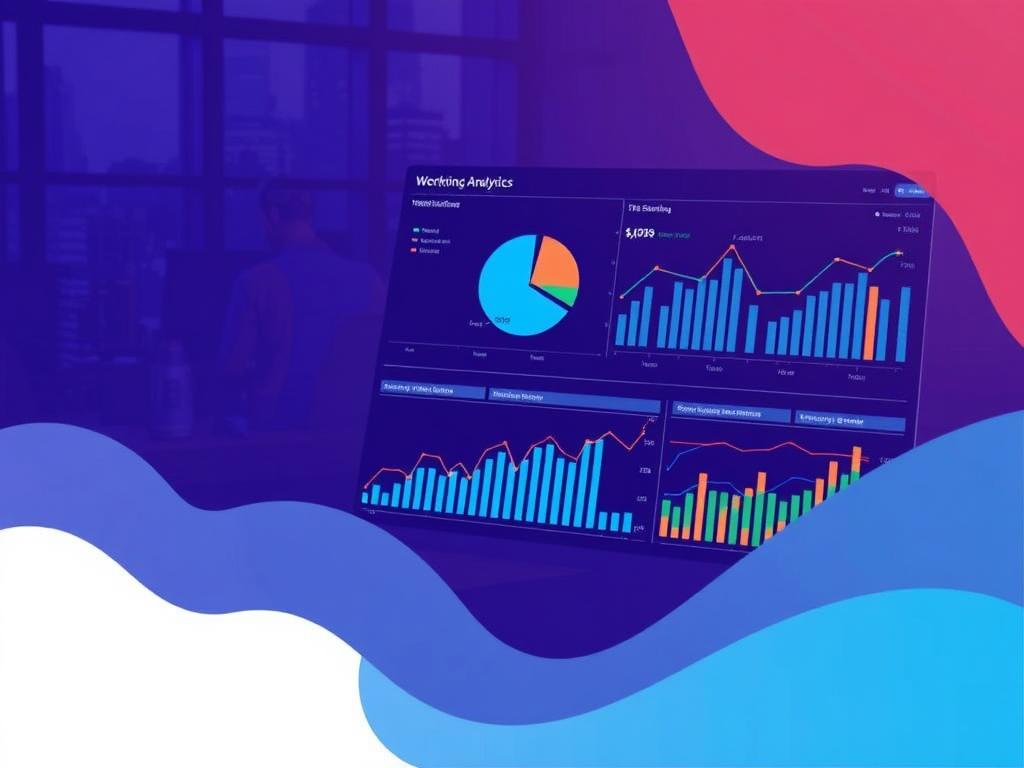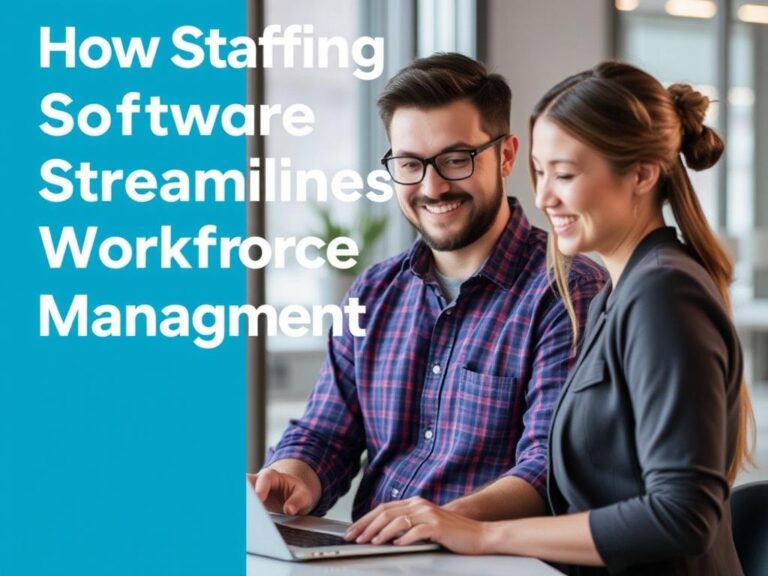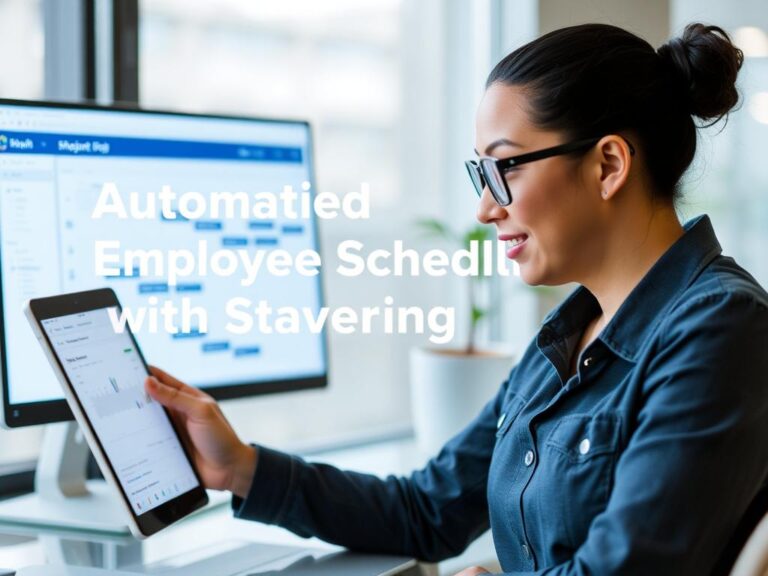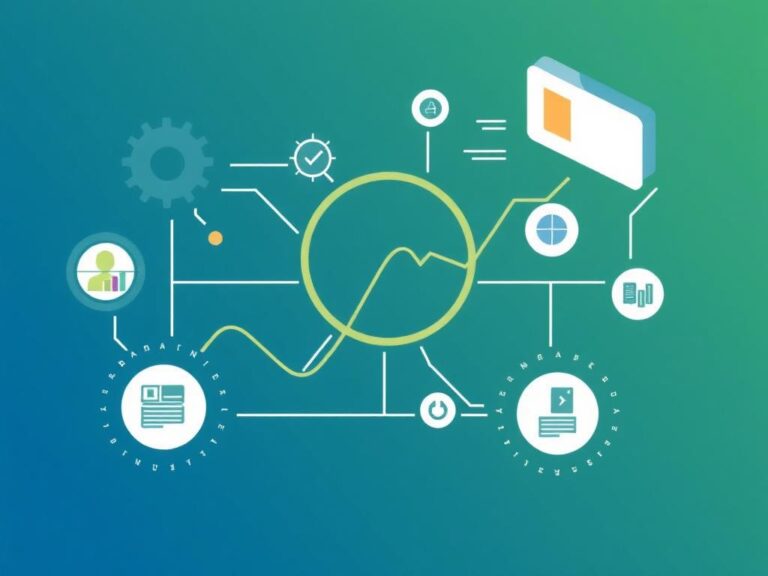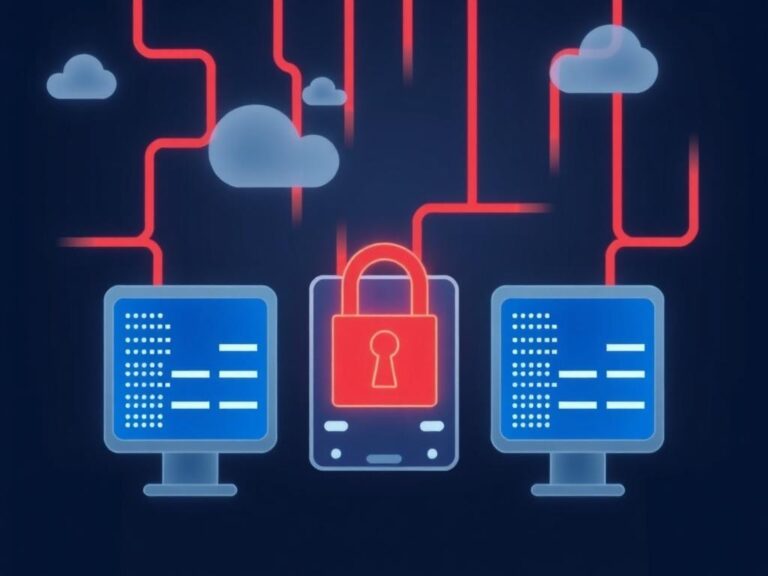Workforce Forecasting Using Staffing Software Analytics: Unlocking Future Talent Needs
In today’s fast-paced business landscape, understanding future workforce needs is critical to staying competitive. Workforce forecasting using staffing software analytics is revolutionizing how companies anticipate hiring demands, plan resource allocation, and optimize their talent strategies. By leveraging data-driven insights, organizations can make smarter decisions about when, where, and how to hire, ultimately driving efficiency and reducing costs. This article delves into the concept of workforce forecasting, the role of staffing software analytics, and how businesses can harness these tools to build a more agile and responsive workforce.
What is Workforce Forecasting?
Workforce forecasting is the process of predicting an organization’s future human resource needs. It involves analyzing current workforces, understanding business strategies, and taking into account external factors such as market trends or economic shifts. The fundamental goal is to ensure that the right number of people with the right skills are available at the right time. Without such forecasting, companies might face shortages that lead to missed opportunities, or surpluses that drive unnecessary costs.
Traditionally, workforce forecasting was a manual, time-consuming task that relied heavily on managers’ intuition and historical data. However, as businesses generate massive amounts of data daily, new methods have emerged to turn this data into actionable forecasts.
The Rise of Staffing Software Analytics
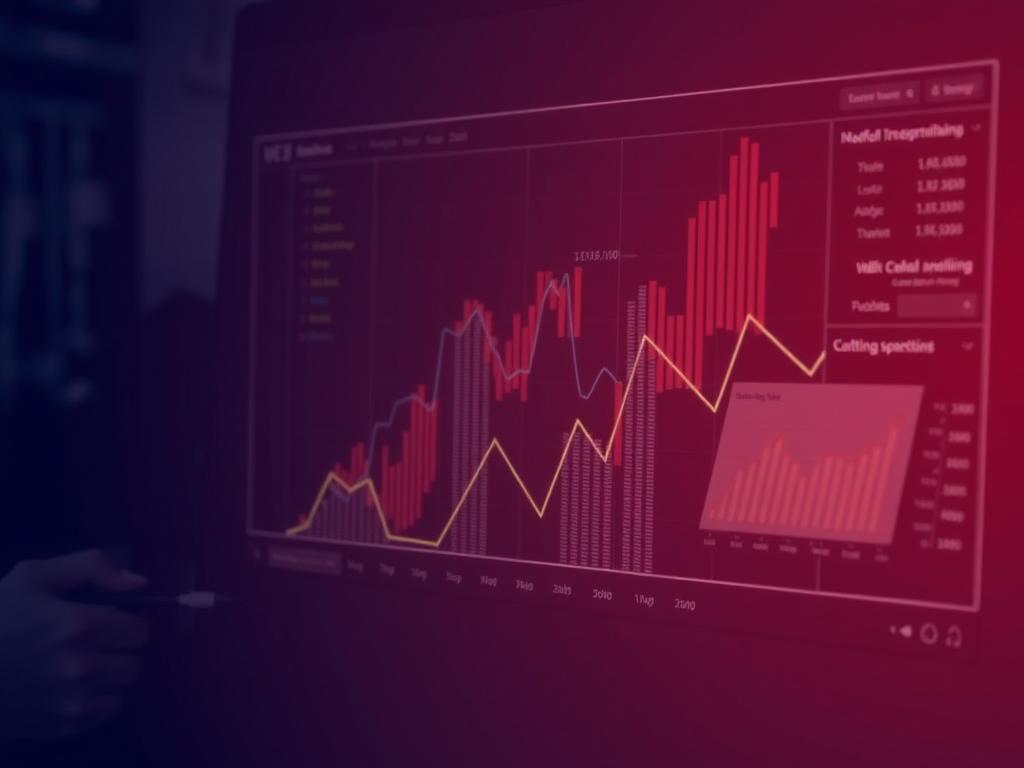
Staffing software analytics refers to the use of technology platforms designed to collect, analyze, and visualize workforce-related data. These staffing solutions integrate information from various sources—such as recruitment databases, employee performance metrics, and labor market trends—to offer comprehensive insights into staffing needs.
By using staffing software analytics, HR teams can automate many aspects of workforce forecasting, reducing human bias and increasing accuracy. Analytics tools help identify patterns like seasonal demand spikes, high turnover rates in certain departments, or skill gaps that need to be addressed. This data-centric approach transforms workforce management from reactive to proactive.
Key Features of Staffing Software for Workforce Forecasting
- Data Integration: Combines multiple data points from internal HR systems, payroll, and external labor market feeds.
- Predictive Analytics: Uses algorithms to forecast future hiring needs based on historical and current data.
- Scenario Planning: Allows organizations to simulate different growth or downsizing scenarios and see their impact on staffing.
- Real-Time Reporting: Offers up-to-date dashboards with key workforce metrics for quick decision-making.
- Skill Gap Analysis: Identifies areas where existing employee skills do not meet future business requirements.
Benefits of Workforce Forecasting with Staffing Software Analytics
Investing in workforce forecasting through staffing software analytics brings tangible benefits. Some of the most significant advantages include:
| Benefit | Description |
|---|---|
| Improved Hiring Efficiency | Forecasting allows HR to prioritize critical roles and reduce time-to-fill by planning ahead. |
| Cost Savings | Better staffing forecasts help avoid overstaffing which leads to unnecessary salary overhead. |
| Enhanced Employee Retention | By understanding turnover patterns through analytics, organizations can implement better retention strategies. |
| Better Alignment with Business Goals | Strategic workforce planning ensures that staffing levels match the company’s growth and operational plans. |
| Agility in Response to Change | Staffing software analytics enable quick adjustments to workforce plans based on real-time market or internal data. |
How to Implement Workforce Forecasting Using Staffing Software Analytics
Implementing workforce forecasting isn’t just about buying software; it requires a well-thought-out approach to integrate tools into business processes effectively. Here are steps companies can take:
1. Define Clear Goals
Before selecting staffing software analytics, business leaders and HR should outline their workforce planning objectives. Are they looking to reduce turnover, forecast hiring needs for a new product launch, or plan for seasonal labor demands?
2. Collect Quality Data
The effectiveness of staffing software analytics depends on the quality and comprehensiveness of the data fed into it. It’s essential to clean, standardize, and continuously collect workforce-related data across departments.
3. Choose the Right Software
Not all staffing software analytics platforms are created equal. Assess features like predictive capabilities, integration with existing HR systems, scalability, and user interface. Involve HR and IT teams in the selection process.
4. Train Users
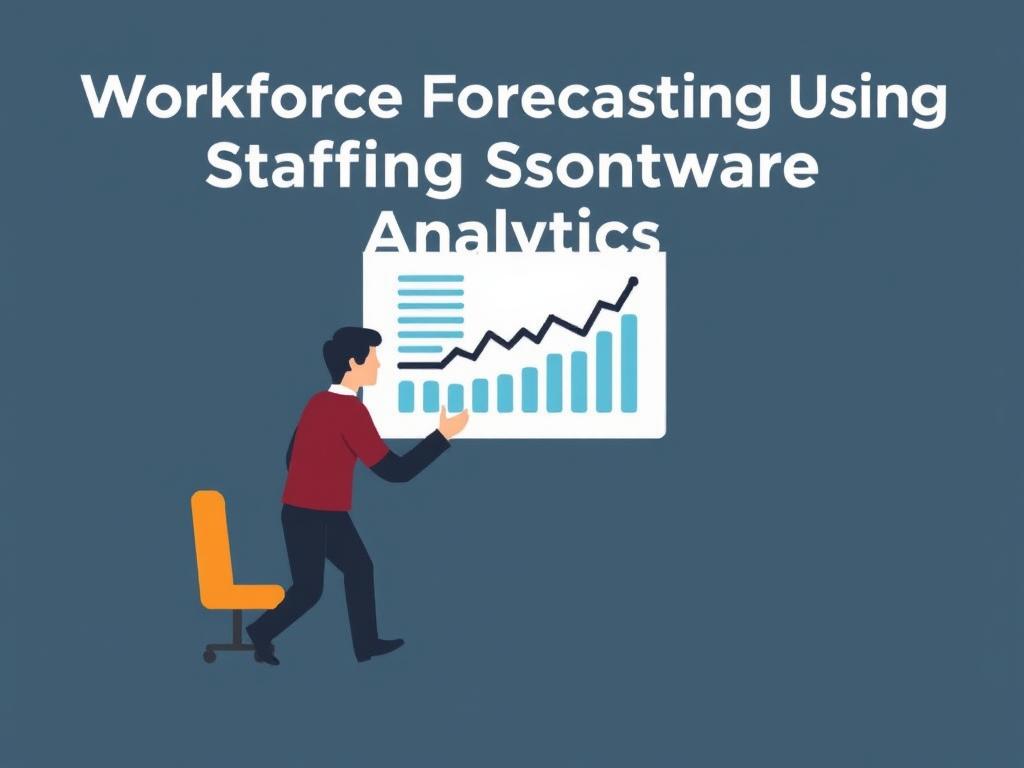
Equip HR professionals and managers with the necessary training to understand and leverage analytical insights. This includes interpreting forecasts and integrating them into hiring and retention strategies.
5. Continuously Monitor and Adjust
Workforce forecasting is an ongoing process. Regularly review forecasting outcomes versus actual results and refine predictive models or data inputs accordingly.
Real-World Examples of Workforce Forecasting Success
Many industries are already reaping the rewards of workforce forecasting powered by staffing software analytics. For instance, retail companies use these tools to prepare for holiday season surges, ensuring sufficient temporary staff without overhiring. Manufacturing firms analyze production schedules and employee skill sets to forecast labor needs months in advance, streamlining line operations.
A global tech company leveraged workforce forecasting to identify impending skill shortages in emerging technologies, allowing them to adjust training programs and recruitment strategies ahead of competitors. The result was a smoother transition into new markets and improved innovation capacity.
Common Challenges and How to Overcome Them
Implementing workforce forecasting isn’t without obstacles. Some of the most common challenges include:
- Data Silos: Fragmented data across HR, payroll, and operations can hinder comprehensive analysis. The solution lies in integrating data systems or using middleware to consolidate information.
- Resistance to Change: Employees and managers may distrust predictive analytics or fear job security risks. Transparent communication and demonstration of forecasting benefits can build trust.
- Accuracy Concerns: Forecasts are only as good as their underlying models. Continuously validating and tuning forecasting models with real data is critical.
The Future of Workforce Forecasting and Staffing Software Analytics
As artificial intelligence (AI) and machine learning advance, workforce forecasting will become even more precise and dynamic. Staffing software analytics platforms are evolving to incorporate natural language processing, automated scenario simulations, and integration with broader business intelligence systems. The ability to forecast not just headcount but also employee engagement, productivity, and career pathing will elevate workforce strategies from workforce forecasting alone to holistic talent ecosystem management.
Additionally, the growing adoption of remote work has introduced new variables for workforce planners. Staffing software analytics now must incorporate geographic flexibility, remote collaboration tools usage, and virtual engagement scores to provide rounded forecasts for the “new normal.”
Key Trends Shaping Workforce Forecasting

| Trend | Impact on Forecasting |
|---|---|
| AI-Driven Predictive Analytics | Improves the precision and speed of workforce demand predictions. |
| Integration with Talent Marketplaces | Enables access to broader pools of contingent and freelance workers for flexible staffing. |
| Focus on Employee Experience Metrics | Forecasts retention risks and morale to enhance workforce stability. |
| Cloud-Based Staffing Platforms | Allow real-time collaboration and data sharing across distributed teams. |
Conclusion
Workforce forecasting using staffing software analytics represents a significant leap forward from traditional manual planning methods. By tapping into the power of data and predictive algorithms, organizations can anticipate workforce demands with far greater accuracy, enabling smarter hiring, cost savings, and improved alignment with business objectives. While implementation requires commitment to data quality, change management, and continuous refinement, the benefits far outweigh the challenges. As technology advances, staffing software analytics will only become more essential in equipping companies to build flexible, skilled, and future-ready workforces in an ever-changing business environment. Embracing these tools today sets the foundation for sustained success tomorrow.
